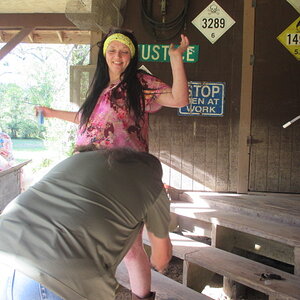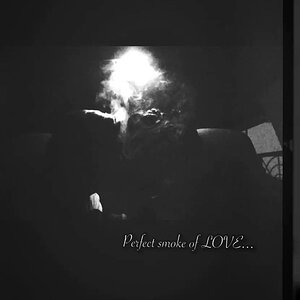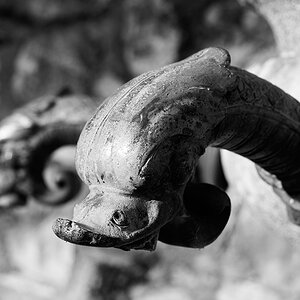TurboRaddo
TPF Noob!
- Joined
- Feb 27, 2008
- Messages
- 26
- Reaction score
- 0
- Location
- New Jersey
- Can others edit my Photos
- Photos OK to edit
so what is everyone's trick for focusing for night shots. dark enough that auto focus won't work. i was just playing around with some shots that had like 25 second exposure times, and they would have looked really nice, if they were in focus.
also in some shots there was some light, and it was causing a rainbowish glare in a spot on the picture. i was shooting with a canon XT with canon 50mm f/1.8 II. is there a filter that will help with this?
also in some shots there was some light, and it was causing a rainbowish glare in a spot on the picture. i was shooting with a canon XT with canon 50mm f/1.8 II. is there a filter that will help with this?



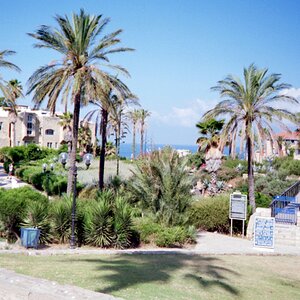
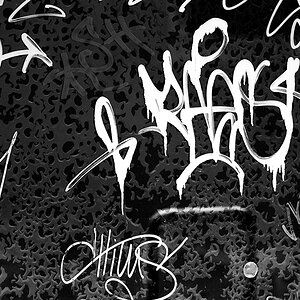
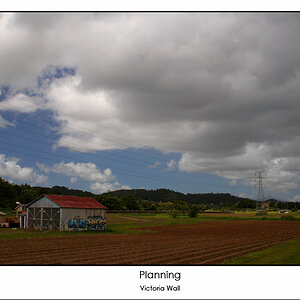
![[No title]](/data/xfmg/thumbnail/31/31758-546fe80b548bda08983001811ab5be60.jpg?1619734994)
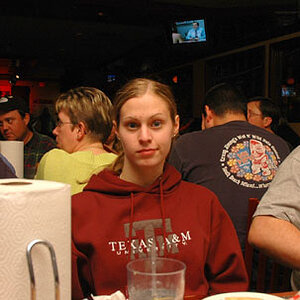
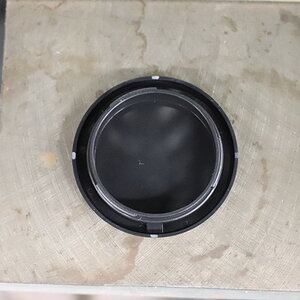
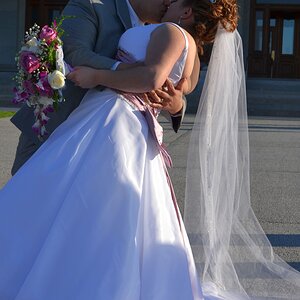
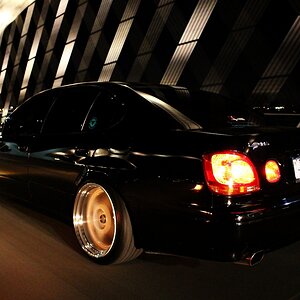
![[No title]](/data/xfmg/thumbnail/31/31757-4f5257d19be4e34c6bdcbd2519380d53.jpg?1619734994)
